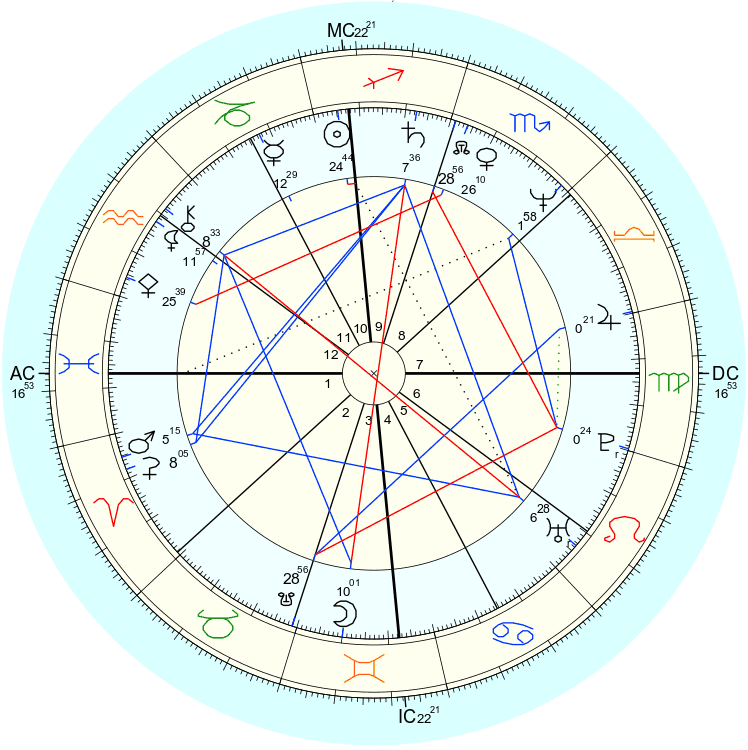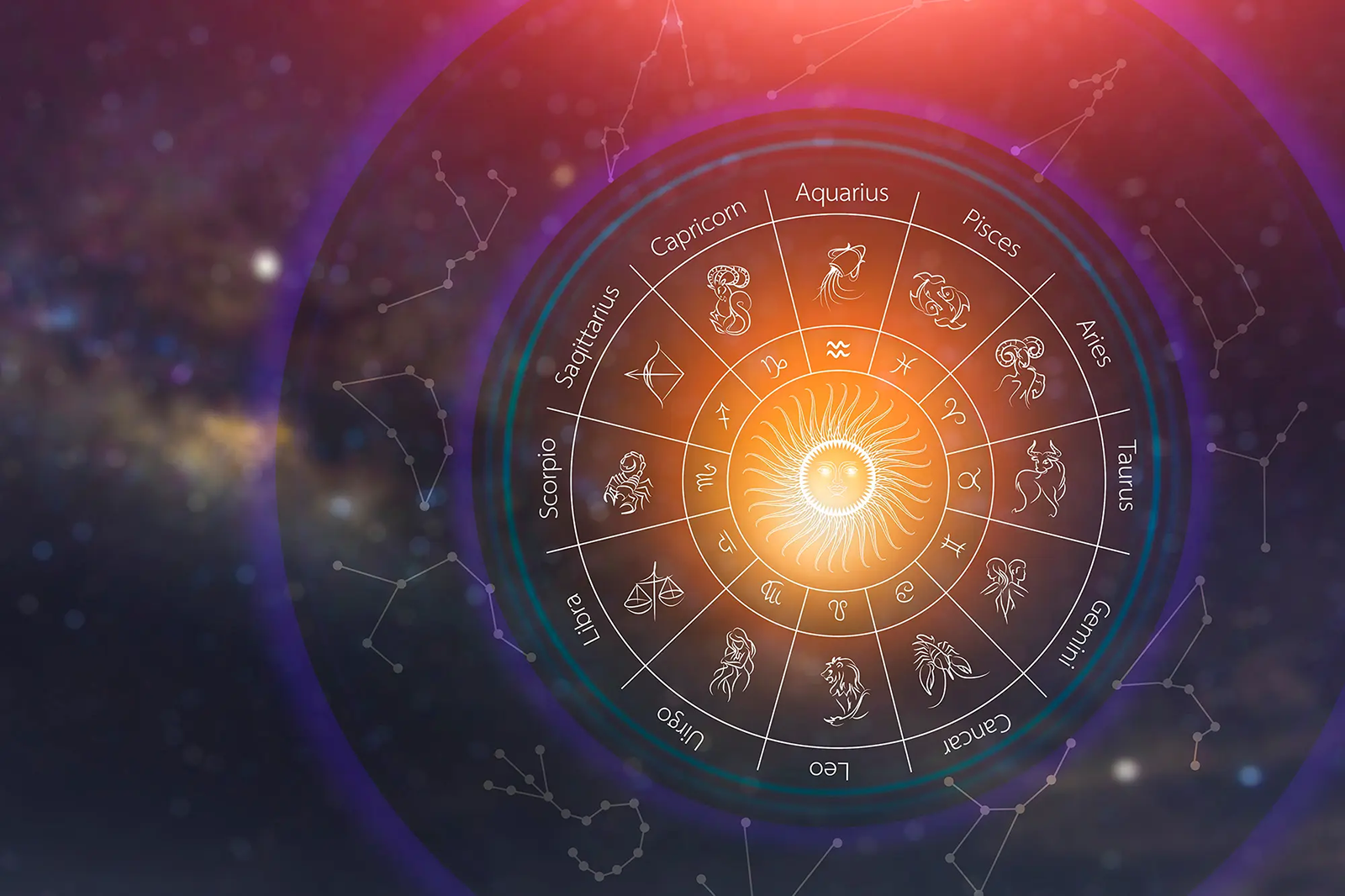Decoding the Stars: A Step-by-Step Guide to Reading a Natal Chart
A natal chart, also known as a birth chart, is a map of the sky at the exact moment of your birth, revealing the positions of the planets, the Sun, and the Moon within the 12 astrological houses. It serves as a cosmic blueprint, providing insights into your personality traits, strengths, weaknesses, and life purpose. Learning to read your natal chart can be a transformative experience, leading to greater self-awareness and personal growth. In this step-by-step guide, we will walk you through the process of reading a natal chart, helping you unlock the celestial secrets hidden within.
Step 1: Obtain Your Natal Chart
To read your natal chart, you'll first need to have one created. To do this, you will need your exact birth date, time, and location. Several online resources can generate your natal chart for free, and most astrologers use Astro.com for this purpose. You'll find a link in the menu of this site titled "Run Your Chart," or click HERE and it will take you to the correct place at Astro.com. You'll need to be careful to enter your exact birth time and location.

Step 2: Understand the Basic Components
A natal chart consists of several components: planets, signs, houses, and aspects. Familiarize yourself with these elements before diving into the interpretation.
- Planets: The planets represent various facets of your personality and life experiences. Each planet has its unique characteristics and themes.
- Sun: Core identity, self-expression, and ego
- Moon: Emotions, instincts, and inner needs
- Mercury: Communication, intellect, and learning
- Venus: Love, relationships, and values
- Mars: Action, motivation, and desire
- Jupiter: Expansion, growth, and wisdom
- Saturn: Discipline, structure, and responsibility
- Uranus: Innovation, rebellion, and individuality
- Neptune: Dreams, intuition, and spirituality
- Pluto: Transformation, power, and regeneration
-
Signs: The 12 zodiac signs represent the different energies and qualities that influence the planets. Each sign has its unique traits, strengths, and weaknesses. The sign a planet occupies in your natal chart determines how the planet's energy is expressed.
-
Houses: The natal chart is divided into 12 houses, each representing a specific area of life. The houses are numbered counter-clockwise from the Ascendant (the rising sign), which marks the beginning of the first house. Each house has its themes and associations, ranging from personal identity to career and relationships.
-
Aspects: Aspects are the angles formed between planets in your natal chart, signifying the relationships between these celestial bodies. Aspects can be harmonious, challenging, or neutral, depending on the specific angle. Some common aspects include conjunctions, sextiles, squares, trines, and oppositions. These aspects can either enhance or challenge the expression of a planet's energy.

Step 3: Analyze the Planetary Positions
Begin by examining the position of each planet in your natal chart. Note the sign and house it occupies, and consider the themes and energies associated with both. This will give you an initial understanding of how the planet's energy is expressed in your life.
For example, if your Mercury is in Gemini (the sign of communication) and located in the third house (the house of communication and learning), you are likely to be a quick thinker with a natural aptitude for expressing yourself, learning, and engaging with others intellectually.
Step 4: Examine the Aspects
Next, take a closer look at the aspects between the planets in your natal chart. Aspects signify the relationships between the celestial bodies and provide insights into the dynamics at play within your personality and life experiences. Focus on the major aspects first, such as conjunctions, sextiles, squares, trines, and oppositions.
Consider the nature of the aspect (harmonious, challenging, or neutral) and how it might impact the expression of the planets involved. For example, a trine between Venus and Jupiter suggests an easy flow of energy between love, relationships, and expansion, indicating that you may experience good fortune and growth in your relationships.
Step 5: Identify Key Points in Your Chart
In addition to the planetary positions and aspects, pay attention to key points in your natal chart, such as the Ascendant (rising sign), Midheaven (MC), North Node, and South Node.
- Ascendant (Rising Sign): The Ascendant represents your outer personality, appearance, and how you are perceived by others. It also signifies your approach to new experiences and beginnings.
- Midheaven (MC): The Midheaven represents your public life, career, and aspirations. It offers insights into your professional path and how you pursue success.
- North Node: The North Node signifies your life purpose, destiny, and the lessons you are meant to learn in this lifetime.
- South Node: The South Node represents your past life experiences, innate talents, and the areas in which you may feel most comfortable but need to move away from in order to grow.
Step 6: Synthesize the Information
Once you have analyzed the individual components of your natal chart, the final step is to synthesize this information into a cohesive understanding of your cosmic blueprint. Look for patterns and themes that emerge, and consider how the various planetary energies, signs, houses, and aspects interact with one another.
Keep in mind that some aspects of your chart may seem contradictory or challenging. This complexity is a natural part of the human experience and serves as an opportunity for growth and self-awareness. Embrace the nuances of your natal chart, and use the insights gained to better understand yourself and your life journey.
Conclusion
Learning to read a natal chart is a rewarding process that can provide valuable insights into your personality, life purpose, and personal growth. By following these steps and delving deeper into the world of astrology, you can unlock the celestial secrets hidden within your natal chart and embark on a journey of self-discovery and transformation.
Order a Custom Chart
A custom natal report can go a long way towards helping you understand yourself. They are about 50 pages long, and packed full of information about you!
You can check out a sample report at the right, or order your own by clicking here!
We also have other reports available, like synastry reports or parenting assist reports, meant to help you have a deeper understanding of your children.
